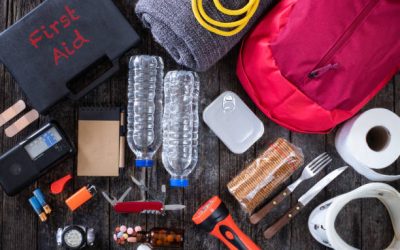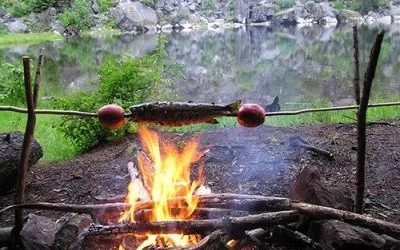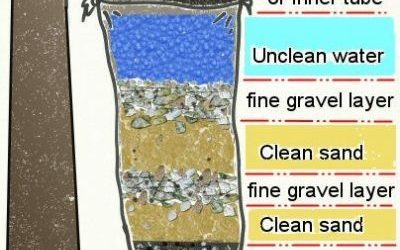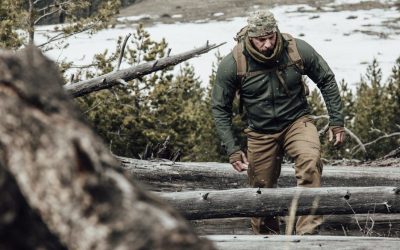Introduction
Overview of the difficulties of lighting a fire without matches
Starting a fire without matches might be difficult. It necessitates a particular amount of expertise and talent, as well as time. Even if you have the proper supplies and know-how, there is no assurance that your fire will start. Furthermore, finding the correct materials to utilize for the fire might be challenging. All of these factors might make igniting a fire without matches difficult.
The advantages of understanding how to ignite a fire without using matches
Despite the difficulties of lighting a fire without matches, there are several advantages to understanding how to do so. It can be useful in a number of scenarios, such as camping or in an emergency. You may save money by avoiding purchasing matches or lighters. Finally, understanding how to make a fire without matches might help you improve your survival abilities.
Collect Materials
What you’ll require
A few simple things are required to ignite a fire without matches. Tinder, kindling, and something to create a spark or flame are examples of these. Tinder is any flammable item, such as dry leaves, grass, or paper. Kindling is larger materials, such as sticks and twigs, that can aid in the maintenance of a fire.Finally, you’ll need a spark or flame generator, such as a flint and steel, a battery and steel wool, a magnifying glass, or a bow drill.
Where can I get materials?
It is critical to ensure that you are gathering items for your fire in an area where it is both safe and legal to do so. You can locate tinder and kindling in the forest or in your own garden, but only take what you need and don’t disturb the ecosystem. If you don’t already have one, you can get one at most camping or outdoor stores. Batteries and steel wool are also available at your local hardware shop. Finally, if you’re going to use a magnifying glass, be sure it’s made of glass or plastic.
Making the Firepit
Making the tinder
After you’ve acquired all of the necessary materials, you may begin constructing your firepit. Begin by building a tinder pile in the center of the pit. This can be dry leaves, grass, paper, or any other easily combustible substance. Make sure the pile is small enough to allow the kindling to be placed on top.
Setting up the kindling
Arrange the kindling around the tinder next. Kindling should consist of bigger materials than tinder, such as sticks and twigs. Make sure the kindling is positioned in such a manner that air can circulate through it and fuel the fire. After you’ve prepped the firepit, you may start the fire. Expand on this topic (no bullet points or numbered lists) (for SEO keyword survival): IV. A. Bow drill The bow drill is a common way of lighting a fire without using matches. It requires twisting a wooden spindle with a bow to produce friction and heat that may be used to ignite the tinder. To accomplish this, you must
Methods of Starting a Fire
In a survival crisis, starting a fire is a vital survival skill that may be utilized to provide warmth, light, and a sense of security. There are various methods for starting a fire, and it’s necessary to be familiar with several strategies in case one method fails. Here are some typical fire starting techniques to help you live in the wilderness:
Friction fire starting: In this approach, friction is used to generate heat and ignite a fire. Methods for starting a friction fire include utilizing a bow drill, a hand drill, a fire plow, and a fire saw. These methods often require the use of a fireboard, spindle, and hearth, as well as some type of tinder to capture the resulting sparks and embers.
Chemical fire starting: A chemical reaction is used to generate heat and light a fire. Matches, lighters, and ferrocerium rods are examples of chemical fire starters. These techniques are often simple and effective, although they do require fuel and may not function in rainy or humid environments.
Solar fire starting: Using the sun’s rays to generate heat and ignite a fire. Magnifying glasses, Fresnel lenses, and parabolic mirrors are examples of solar fire starters. These techniques are often successful, but they require a clear sky and direct sunlight to function well.
Electricity fire starting: An electrical current is used to generate heat and ignite a fire. Lightning and battery-powered sparks are two examples of electrical fire starters. These techniques can be quite successful, but they require an electrical supply and may be impractical in some survival scenarios.
Friction fire: This method uses friction to generate heat and light a fire. Using a bow drill, hand drill, fire plow, or fire saw are all examples of friction fire procedures. These methods often require the use of a fireboard, spindle, and hearth, as well as some type of tinder to capture the resulting sparks and embers.
Whatever technique you choose, it is critical to be prepared and have the appropriate equipment and supplies available to start a fire. This contains tinder, kindling, and fuel, as well as an ignition method. It’s also a good idea to practice fire starting skills before you need them, so you’ll be confident in your ability to build a fire when you need it.
Finally
To summarize, lighting a fire without matches is a valuable survival ability that may be utilized to provide warmth, light, and a sense of security in a survival situation. Friction fire starting, chemical fire starting, solar fire starting, and electrical fire starting are all ways to start a fire without matches.
Friction fire-starting is the process of employing friction to generate heat and spark a fire. It can be accomplished with a bow drill, hand drill, fire plow, or fire saw. Chemical fire starting is the process of employing a chemical reaction to generate heat and ignite a fire, which can be accomplished with the use of a lighter, ferrocerium rod, or other chemical fire starter. Solar fire starting is the process of harnessing the sun’s rays to generate heat and ignite a fire, which can be accomplished with the aid of a magnifying glass, Fresnel lens, or parabolic mirror. Electricity fire starting is the process of utilizing an electrical current to generate heat and ignite a fire, which can be accomplished using lightning or a battery-powered spark.
Learning how to ignite a fire without matches has various advantages. For starters, it allows you to start a fire when you don’t have matches or a lighter. This is especially critical in a survival situation where you may not have this equipment, or if it is damp or otherwise worthless. Second, learning and doing it may be a pleasurable and fulfilling experience. Finally, knowing that you have the capacity to start a fire when you need it will boost your confidence and self-sufficiency.






